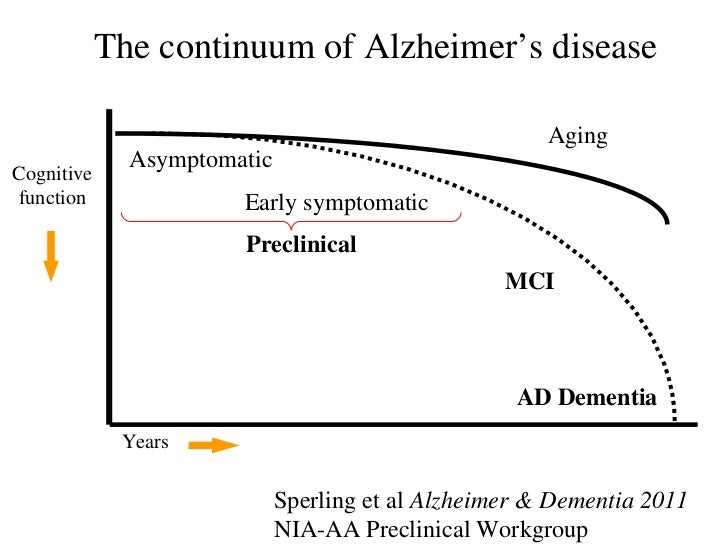 |
| Arnold Schwarzenegger |
Arnold
Schwarzenegger once said, “Help others and give something back. I guarantee you will
discover that while public service improves the lives and the world around you,
its greatest reward is the enrichment and new meaning it will bring your own
life.” Service learning is a required assignment for CIS 112, and it is easy to
lose the enthusiasm and joy of service as the semester goes by. So I beg the
question, “What is the point of these service trips to Best Friends Day
Center?”
I’ll give you my answer.
The first service trip is
always awkward. The most difficult part is being enthusiastic and taking time
out of your busy day for that first visit. I didn’t know anyone at Best Friends
Day Center, and I didn’t know what I’d be doing while I was there. I was scared
when I first walked in, but over time, I developed some great relationships
with the friends and the other volunteers. Whenever I drive back to UK’s campus
after a Best Friends trip, I can’t help but smile and think about the amazing
relationships I’ve made with the friends. I now walk through the doors of Best
Friends dancing, singing, and having a grand ol’ time. Service feels so good. It’s
kind of selfish, I know, but service is rewarding to me because I value my
relationships with other people more than anything else. I think you would
agree that the world revolves around human relationships. It is human nature to
worry and care about other people, and making other people happy is the most
satisfying thing to the individual. Someone may say, “Don’t put your happiness
in other people,” but it is human nature to do so. When I can make someone
smile by leading sing-a-longs or simply handing out ice cream, I feel a sense
of fulfillment and purpose that I don’t feel at any other time.

Purpose is such a general term. Perhaps you’ve asked yourself,
“What is my purpose in life? Why am I here?” These are important questions that
no one throughout history has answered definitively, but perhaps we can get
close to an answer. One can easily find meaning and purpose in life through
service, because by it, one is living for the benefit and happiness of others. For
example, as a singer, service comes rather easy, especially during the Christmas
season. I have found my purpose by singing and caroling around the community of
Lexington, including Best Friends Day Center. The entire season of Christmas
relies on the power and effectiveness of music for the spirit to come alive in
people, and it is a blessing to have been given such a gift that I can share
with others. I have found my purpose in life through music, which in a way, is
a type of service because the whole goal of music is to share it with as many
as people as possible. Music spreads emotion through the power of harmony and
emotion, and service has been special to me because it has been an opportunity
to spread joy and laugher to Best Friends.

I would like to thank everyone at Best Friends for allowing me
to volunteer there. It has been an absolute pleasure, and I wouldn’t want to have spent my freshman fall semester at UK doing anything else.

















